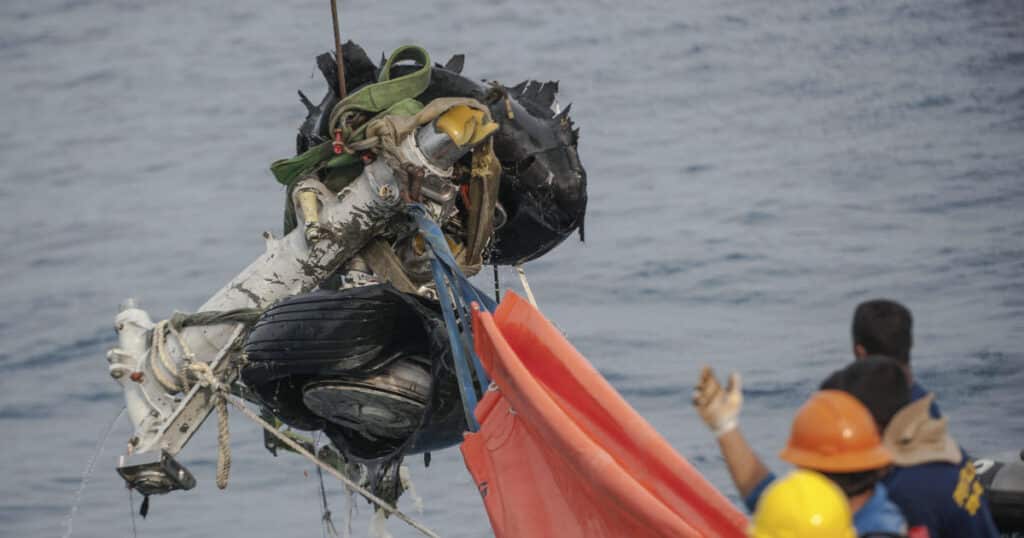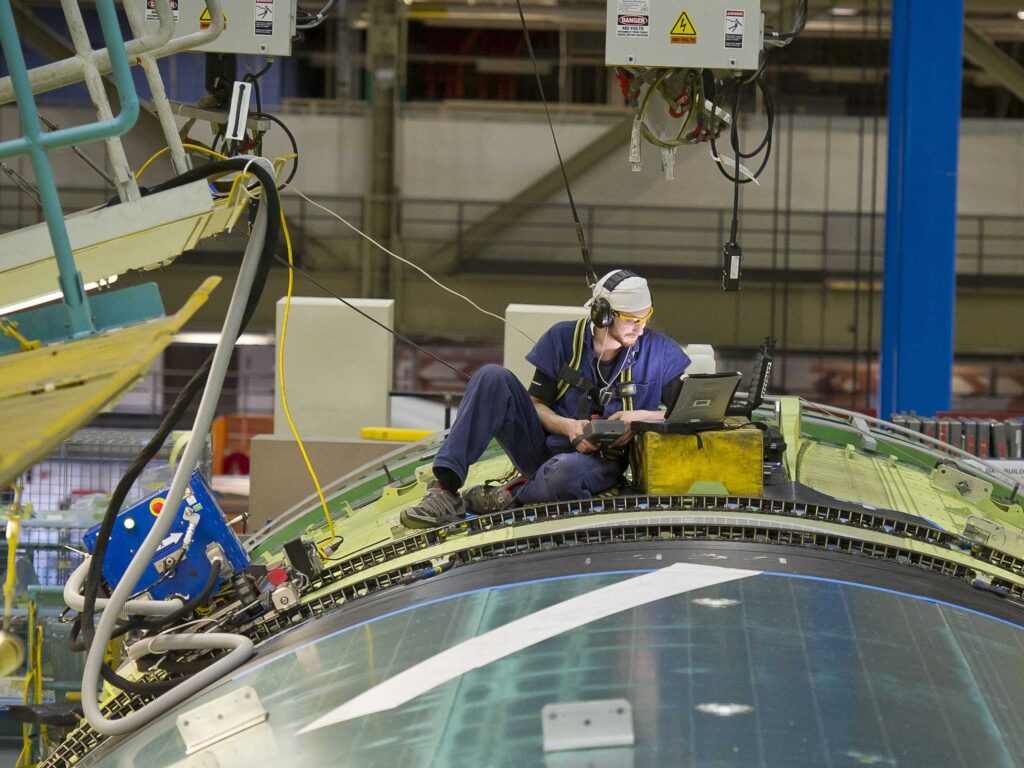Like everything in Aviation, the Auxiliary Power Unit is changing. Yes, we will break it down, but we wanted to start with where the APU is being innovative.
Honeywell have taken their HGT1700 core and made a 1MW electric generating engine. To power new generation electric and hybrid-electric aircraft.
Proving that all use of energy on an aircraft needs to evolve. And that we can learn from the past. Or in this case, upgrade Auxiliary Power Unit (APU) technology from the past.
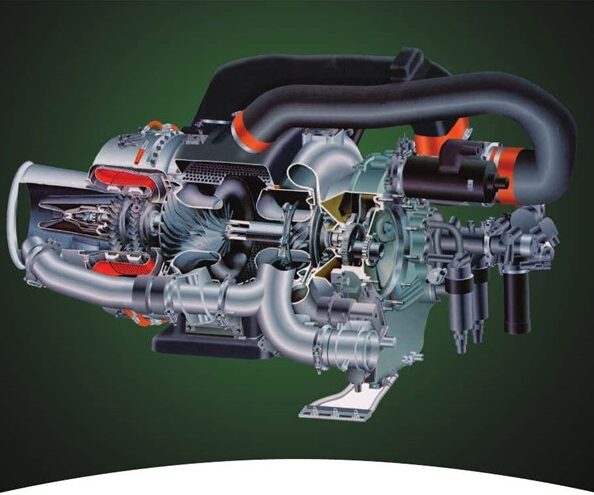
Auxiliary Power
Aircraft need power when the engines are switched off. And the engines only start when the aircraft is being pushed back ready for taxi. So what powers the AC, lights and cools my Moet to within an inch of its life until then?
“Say hello to my little friend!” (cough!) the APU or Auxiliary Power Unit.
Yes, aircraft like the B737 and A320 have a third engine. It sits in aircraft tails, minding its own business. And it can come to the rescue of the other two, but only to restart them. Honeywell and Pratt and Whitney Canada are the big two manufacturers, but Boeing and their long-time CFMI collaborators are developing a new APU.
Aircraft Service
Let’s look at the most flown APU in the world, the Honeywell GTCP131-9 series. GTCP stands for Gas Turbine Compressor Power. Its application has similarities to the Jet engine, but only in the initial compressor stage. This APU doesn’t exhaust gas or have any gas products.
It generates energy through high-pressure air that’s converted into electric and pneumatic energy. Half the world’s aircraft have this APU. That’s why it’s one of the best auxiliary power units to know.
We love a story here at WT towers and we would never dream of disappointing you. Many moons ago, back in 1982, the unthinkable happened. A four-engine British Airways B747 lost all four engines over Indonesia.
It’s a famous incident and we learned an awful lot about volcanic ash then, that we used today. We also learned how important the APU was. A more recent Icelandic volcano eruption was avoided due to these lessons. Ash is dry, and so doesn’t show up on the aircraft radar which is looking only for moisture.
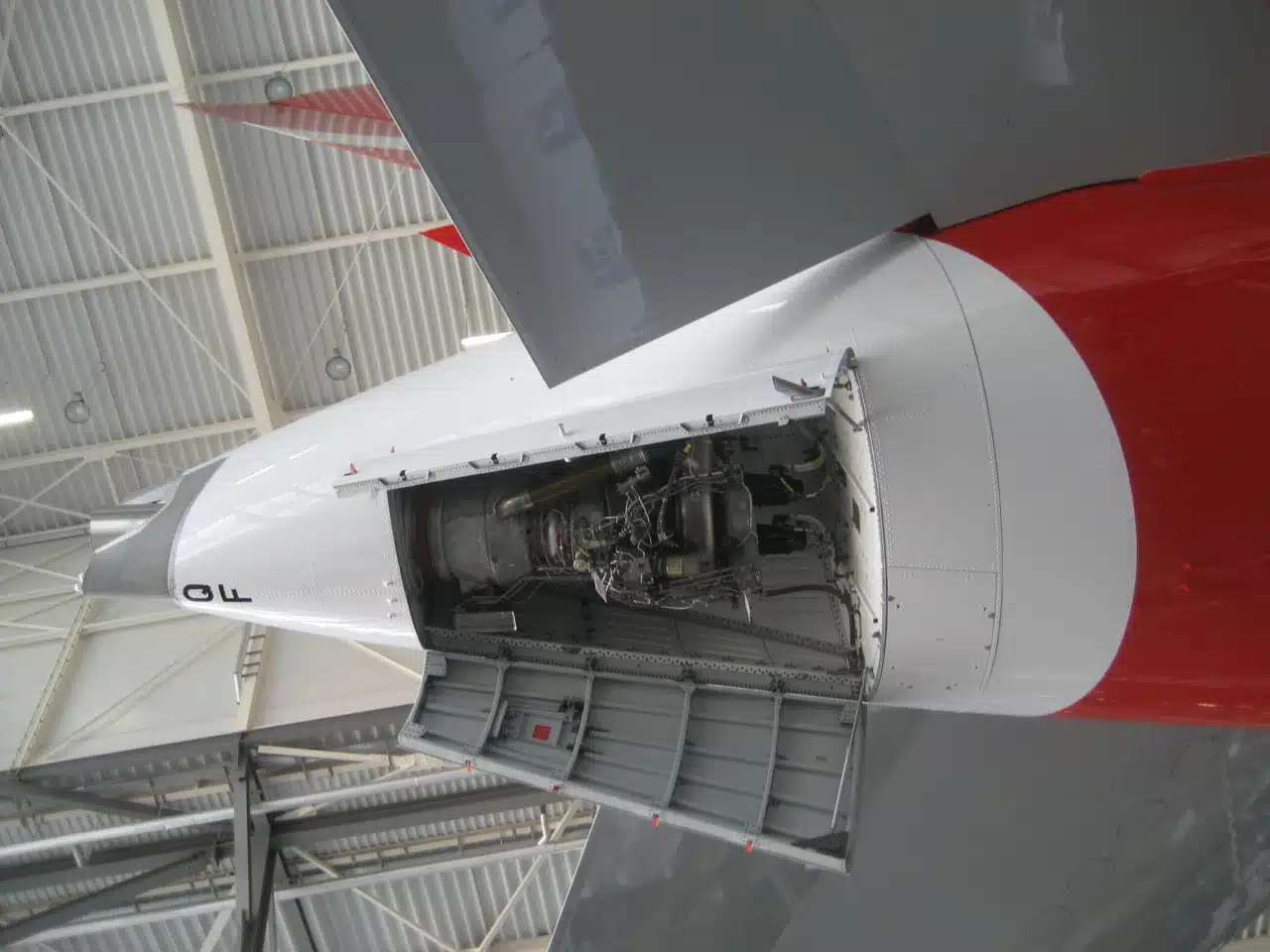
In Flight Restart
But back in ’82 Speedbird 009, as it was known, ingested ash into the engine compressor which caused them to flame out. But Stiff Upper lips and a little blind luck saved the day when the ash solidified at lower altitudes, clearing the engines, and allowing restart by the APU.
It was the Auxiliary Power Unit that saved the day, being the source of energy necessary for the restart sequence. And someday it might have to restart your engines! But we really don’t hope so.
APU and Power Units
There are three main modules (or sections) that comprise the APU
- The Gas Turbine Engine
- The Compressor
- The Generator
The gas turbine engine provides the energy for parts 2) the compressor and 3) the Generator. Just like the turbofan engine, it uses a central shaft to distribute the turbine power. That’s it. The turbine turns out six hundred horsepower at 48,800 rpm (equivalent). The compressor stage is used for energy for the pneumatic systems on the aircraft and the generator drives electrical components.
The APU uses axial flow power from the turbine to create centrifugal power (compressed air) from the compressor, which is then ducted off. The shaft turns the generator to create electric power via a gear box. Air for the engine enters through a screened inlet door via the fuselage (skin) under the tail and the exhaust from the engine is ported out an exhaust in the tail. The inlet door is closed when the APU is not in use.

Auxiliary Power Unit - Compressor
When you are boarding, or are in seat 1-A, awaiting take off, you’ll notice what sounds like an engine running on the aircraft. That’s not the main engines, that’s the APU. There is a set of silencers in there, but it’s still loud.
Also, on older aircraft when you “pushback” from the gate you will notice a brief few seconds when the power seems to flicker and the noise changes. That’s the changeover of power between the APU and bleed air from the engines. Which are now up to idle speed.

Pass the FAA Private Pilot test with flying colors. Achieve your dreams of flying an airplane.
We call the APU an engine, not a powerplant or a unit. And in terms of form and function it would have similar DNA to a helicopter engine. Or even a regional turboprop gas turbine engine. But the APU falls under the category of turboshaft engine.
This shaft, in the center of the engine, drives the compressor and generator. We have a full article on how the turbofan engine works. If you wanted to deep dive the internals of the compressor and turbine, concentrate on the axial flow rotors of the turbine engine and the centrifugal flow rotors of the compressor. All the magic is there.
Auxiliary Power Unit - ECB
The APU, like the main engine ECM (engine control module), has its own brain called the ECB or engine control box. The APU does a lot, and the control of electricity, air and energy needs to be controlled. For example, excess compressed air can be discharged overboard via the surge valve when not needed.
The APU also has air pressure and air temperature sensors at each stage of the engine to keep track of levels. In case it needs to intervene. These sensors are also shared with the main FCC or EICAS systems, to warn the pilots in case something doesn’t look good.
The Gearbox Operation
Attached to the generator is the gearbox. This is what we use to convert fuel to mechanical energy and then to electrical energy for the aircraft. And the APU itself. The APU generates 98kw of output which could power a small town.
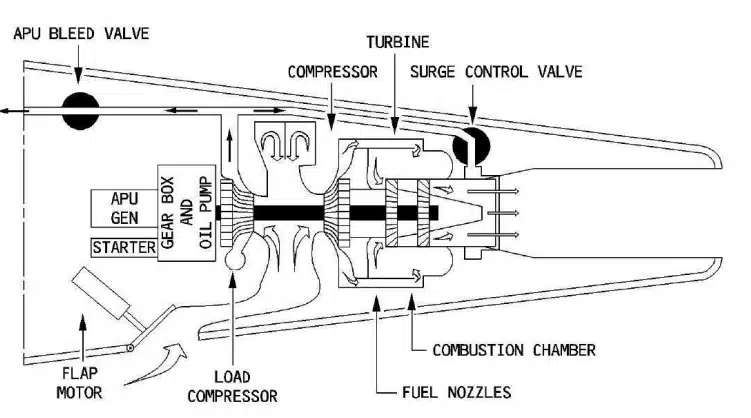
The gearbox is also comprised of its own generator driven by special onboard Nickel Cadmium batteries that are used to start the APU. The gearbox also drives the cooling system used to cool the APU.
The RAT (A320)
As a bonus we want to tell you about the RAT, or Ram Air Turbine. If you’ve never heard of it before then you’ll learn something new and can impress old folks or small children at parties! The A320 is a fly by wire system, which means the pilots don’t have any mechanical connection to the control surfaces of the aircraft like the B737.
If the B737 loses all power, the pilots still have manual control of the aircraft to land. The A320 needs another piece of kit as a backup. If both engines and the APU fail and the batteries are flat, you’ve beaten incredible odds. But not in a safe way. Damn that low-cost airline surprise sale!

Get yourself in the sky today and feel what it’s like to be a pilot!
Auxiliary Power Unit - Manufacturers
Don’t worry folks, those clever people from Toulouse have a secret weapon hidden in the fairing of the aircraft. It’s called the Ram Air Turbine and it’s a mini propeller that pops out of the side of the fuselage. All it needs is the forward motion of the aircraft to turn the blades of the propeller to generate electrical power.
This power is enough to power the electrical system that allows the pilots to safely land the aircraft. Just don’t expect a hot meal from the next service. Some military aircraft have it too, and it’s used to maintain hydraulic power so the pilot can control the aircraft speed while he relights the engine. Which, hopefully, he can.
We are all about redundancy in this business we call aviation. We are polyamorous when it comes to our sources of energy because having many diverse sources across many different systems really improves survivability math. Aircraft APUs provide our commercial aircraft with this key source of energy. And just like Honeywell, our mission until #NetZero 2050 is to improve fuel consumption or change the fuel altogether.

